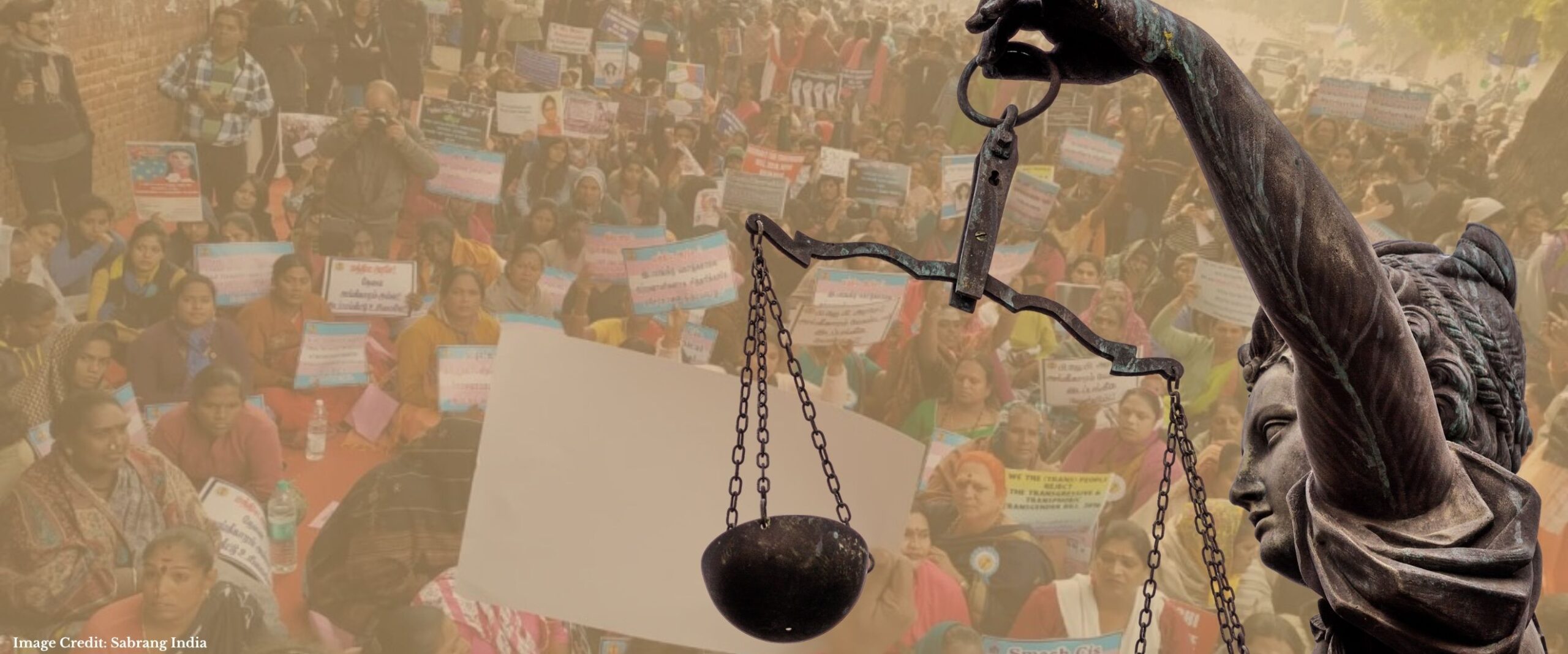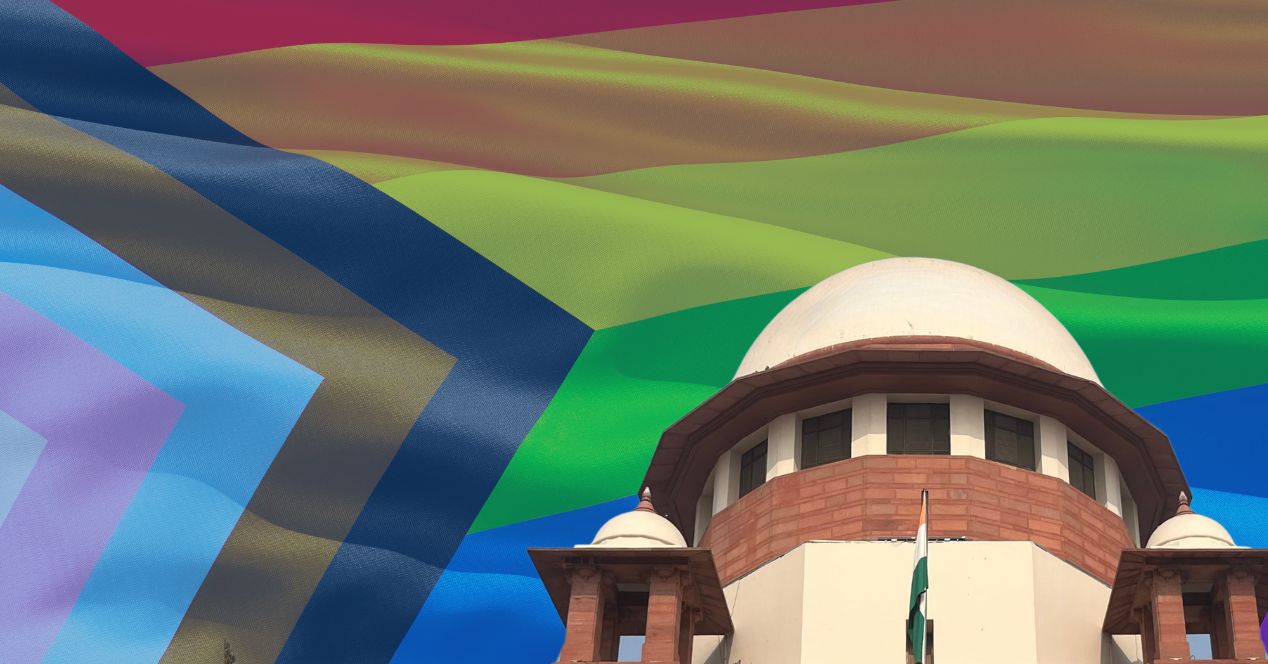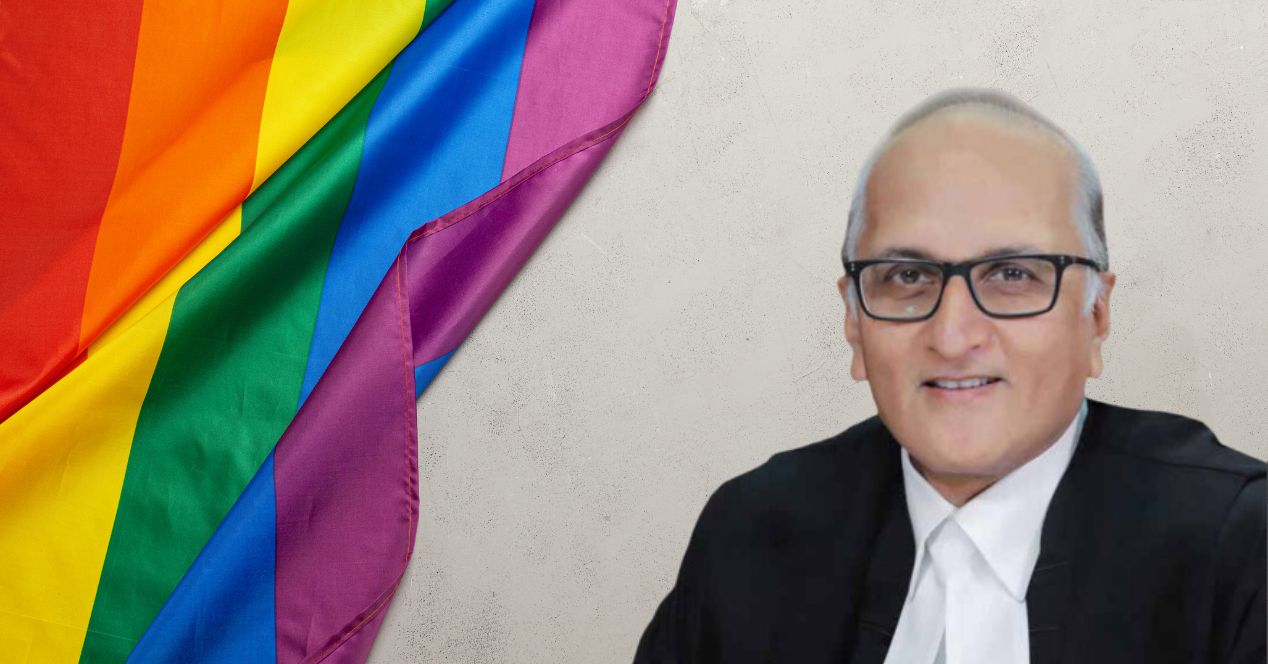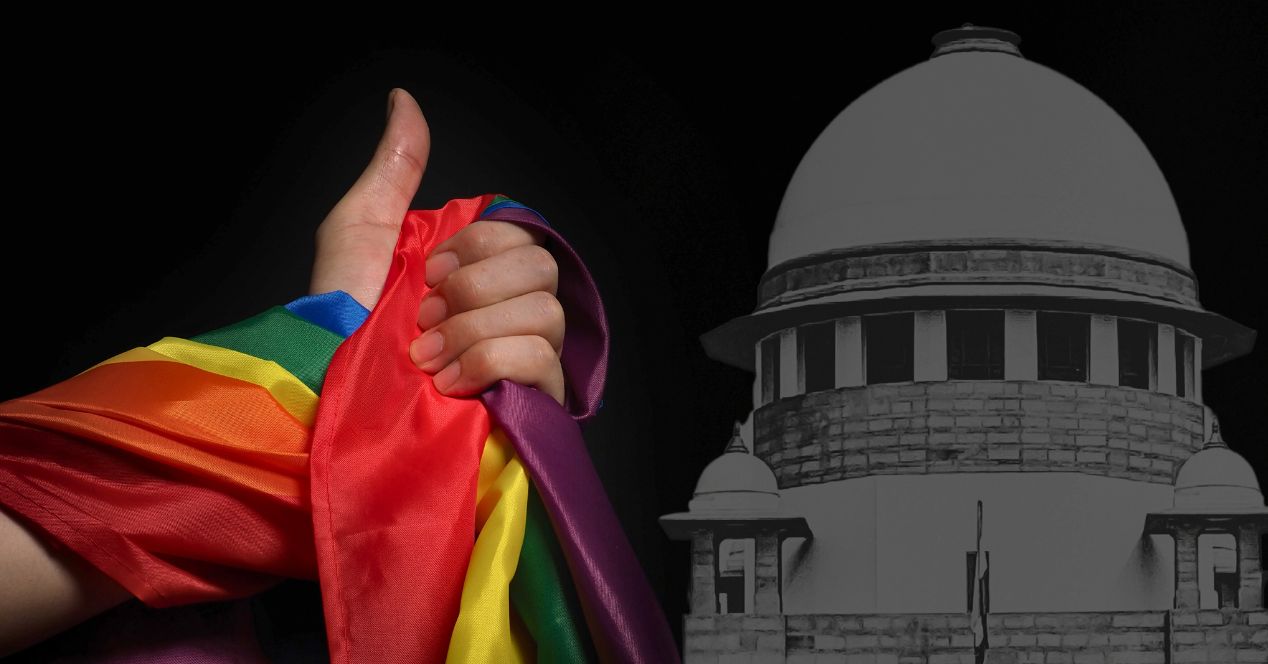Analysis
11 Years Since NALSA: Does Jane Kaushik mark a new phase in the implementation tug-of-war?
The Court’s growing impatience with legislative silence and executive inaction has led to a decision that might change the game

On 17 October, a Bench of Justices J.B. Pardiwala and R. Mahadevan, in Jane Kaushik v Union of India, awarded compensation to a transgender woman after she was denied employment at a private school on the basis of her gender identity. The Court came down heavily on the Union and the states for failing to implement the Transgender Persons (Protection of Rights) Act, 2019 (2019 Act) and the corresponding Rules, 2020. This resulted in no grievance redressal mechanisms for the petitioner. It directed the appointment of a committee led by former Delhi High Court judge Asha Menon to formulate equal opportunity guidelines and highlight gaps in existing legislation. The strongly-worded Judgement reflects the Court’s growing impatience with the Union’s failure to materialise the rights envisioned in the landmark judgement of National Legal Services Authority (NALSA) v Union of India (2014). In a sharp critique of the “grossly apathetic attitude” of the government, it stated that;
“such an attitude cannot be reasonably considered to be inadvertent or accidental; it appears intentional and seems to stem from deep-rooted societal stigma and the lack of bureaucratic will.”
This decision is expected to influence the course of arguments in several pending matters alleging similar non-compliance by state and private actors. Read alongside Jane Kaushik and the nine declarations in NALSA, these matters highlight the continuing conflict between the judiciary and state machinery.
In the NALSA Judgement, a Bench of Justices K.S. Radhakrishnan and A.K. Sikri included specific directives to states and the Union. Upholding the right of transgender persons to self-identify their gender, it directed for legal recognition of their identity as male, female or as third gender. Any insistence on Sex Reassignment Surgery (SRS) for declaring one’s gender was held immoral and illegal. The Judgement recognised that the transgender persons community was socially and educationally backward, and extended benefits of reservations in education and employment. The Court also directed for operation of separate HIV Sero-surveillance Centres, separate public toilets, access to medical facilities and the framing of welfare schemes by Union and state governments. It took note of the stigma, disrespect and humiliation inflicted upon transgender persons and directed the government to raise public awareness.
The right to self-identification
The 2019 Act came into force without incorporating recommendations of the Parliamentary Standing Committee on Social Justice and diverged substantially from NALSA. It was strongly criticised for omitting self-identification and reservations while simultaneously criminalising begging by transgender persons who have no alternate source of livelihood. Challenges to the Act have been pending since 2020, and were last listed in October 2023.
A significant lacunae in the NALSA declarations is the physical and sexual violence faced by transgender persons and the need for legal redressal. Multiple high courts have recognised transwomen as women for the purpose of filing complaints under gender-specific sections of the Indian Penal Code, 1860 (IPC) and the Protection of Women from Domestic Violence Act, 2005. This recognition is linked to the broader affirmation of heterosexual marital unions between transgender persons which was upheld in Supriyo v Union of India (2023).
Meanwhile, there have been innumerable petitions seeking change in name and gender on certificates issued by state authorities and educational institutions. The Karnataka High Court recently urged authorities to keep the NALSA ratio in mind instead of driving all applicants to court. In Jane Kaushik the Court has taken note of such matters heard by High Courts and suggested that the Ministry of Social Justice and Equality (MoSJE) consider streamlining and simplifying the process of legal identification.
In Jane Kaushik, the Court observed that the 2019 Act is “dotted with shortcomings and pitfalls” that ultimately amount to “omissive discrimination” against the trangender community. Affirming criticism of the Act for diluting the sanctity of the right to self-determination envisioned in NALSA, it held that;
“unless we adopt a purposive interpretation to beneficial statutes which are riddled with inadequate implementation measures, we run the risk of leaving the statute toothless and the rights enshrined therein inutile.”
While the directions aim to fill the legislative vacuum, the Court’s acknowledgement of it strengthens pending challenges to the 2019 Act.
Reservations in education and public employment
Perhaps the most contentious direction issued in NALSA is the one pertaining to reservations. Two noteworthy cases are pending before the Supreme Court in this regard.
The first is Kiran A.R. v Union of India in which petitioners have sought reservations in admission through the NEET-PG examination. Earlier this month, a Division Bench of Justices P.S. Narasimha and A.S. Chandurkar, while denying any specific relief to the petitioner, recommended the need to implement NALSA “across the board for everybody”. It directed the states and the Union to file affidavits specifying a timeline for the implementation of NALSA.
The second is Kamlesh v Niten, where petitioners filed a contempt petition arguing that no reservation policy was formulated after NALSA. In September 2023, a Bench of former Chief Justice D.Y. Chandrachud and Justices Narasimha and Manoj Misra granted states three weeks time to submit their affidavits.
In 2023, transgender activist Grace Banu had filed a miscellaneous application under the NALSA case seeking clarifications on the nature of reservations that will be granted to the transgender community. The application was declined by a CJI Chandrachud-led Bench in March 2023. In July 2023, the Union categorically stated that only transgender persons belonging to Scheduled Castes, Scheduled Tribes, Other Backward Classes or Economically Weaker Sections can avail the benefits of reservation. State governments differ in their approach and it has fallen upon high courts to either determine the validity of their respective legislation or issue directions for framing of the same.
In 2021, as a direct outcome of litigation, Karnataka became the first state to implement 1% horizontal reservation for transgender persons across caste categories in public employment. High courts of Madras, Delhi, Calcutta and Telangana have issued similar directions. The Rajasthan High Court is currently hearing arguments from the state that compliance with NALSA can only be determined by the top court. Notably, on 9 October the Kerala High Court sought clarity from the Bar Council of India on reservations for transgender persons in Government Law Colleges.
If the committee appointed by the Court in Jane Kaushik recommends horizontal reservation, a clash with the Union and state governments is on the horizon.
Education and welfare
In addition to the reservations matters, two cases are pending before the Supreme Court that pertain to the non-implementation of NALSA and the 2019 Act.
In Kinner Maa Eksamajik Sanstha Trust v Union of India, the petitioners have sought a writ of mandamus for the establishment of Transgender welfare boards, a crucial measure expected from the state legislatures in lieu of NALSA directives. An RTI response from October 2024 stated that only 17 states and union territories have welfare boards while only five have formulated state-level policies. Earlier this year, a Bench of Justices Hrishikesh Roy and S.V. Bhatti, displeased by multiple adjournments, directed that a cost of Rs. 20,000/- will be imposed on the states if there were any delay in filing responses.
On 1 September, the Court issued notice in Kaavya Mukherjee Saha v Union of India. In this matter, a 12th standard student has sought directions for the inclusion of transgender-inclusive Comprehensive Sexuality Education (CSE) in school curricula and textbooks prepared by NCERT and SCERT. Notably in February, the Madras High Court pulled up the National Medical Commission (NMC) for using the term “gender identity disorder” in its proposed medical curriculum.
Some of the directions issued in Jane Kaushik pertain directly to these concerns. It has directed for the establishment of Welfare Boards and Transgender Protection Cells in all states and UTs within a strict period of three months. Further, the Court has suggested an inclusive curriculum to be adopted by the NCERT, and urged the NMC to revamp its course curriculum.
***
The slew of pending matters point to the long road from recognition to realisation that typically follow landmark judicial decisions. While the Court’s conviction and willingness to take action remains reinforced by Jane Kaushik, it remains to be seen whether the State’s response will result in implementation.




